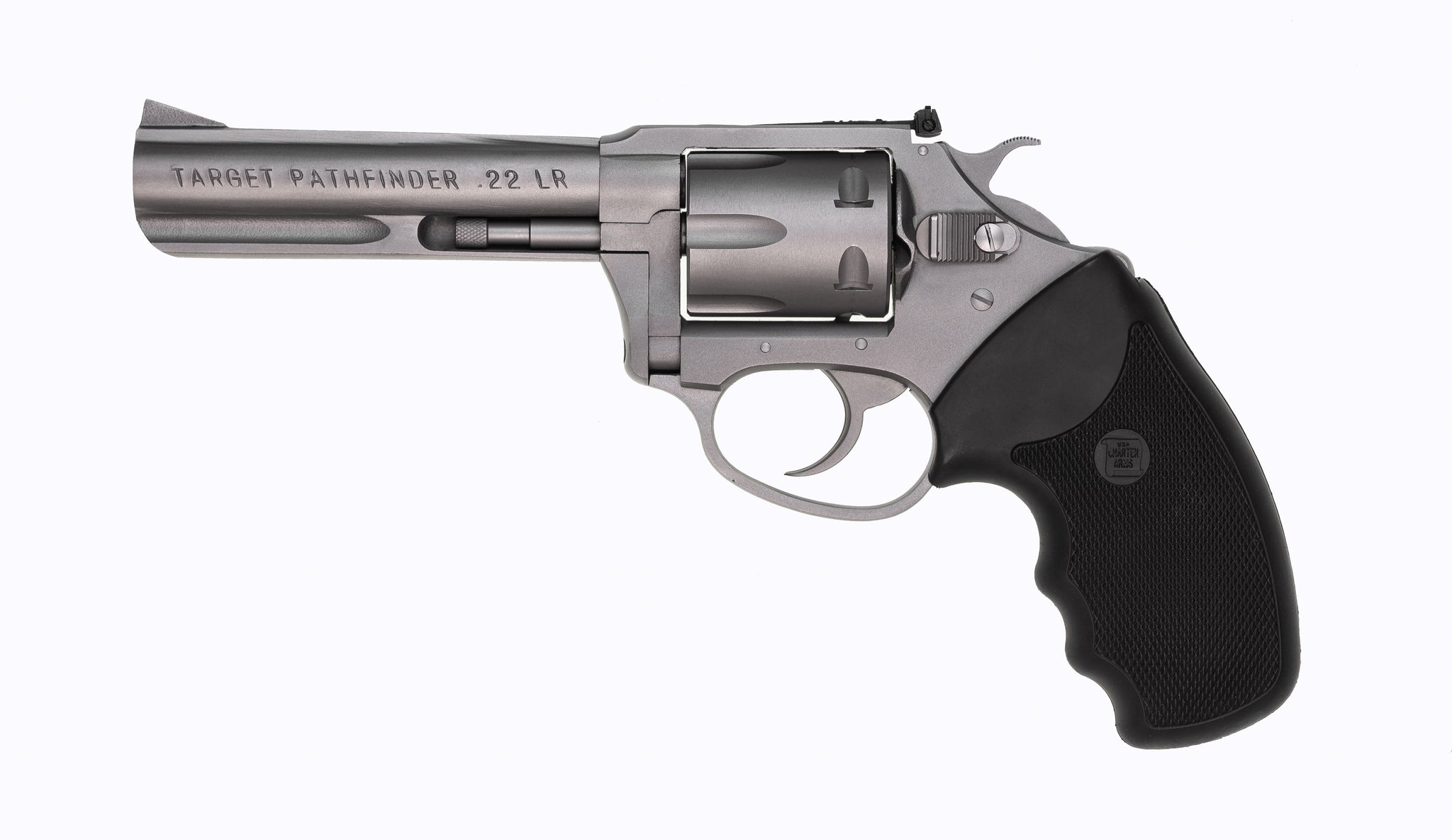

Nonte, Jr., in the 1975 edition of Gun Digest, the length and width of the medium frame are the same as those of the small frame, but the height of the frame The small frame was used for the originalĥ-shot Undercover. The Charter revolvers have two frame sizes, which I will arbitrarily refer to as small and medium, though they are nearly identical when put side-by-side. Revolvers also have some interesting similarities with the Charter Arms. The Sentinel has a true hammer block that moves out of the way when the trigger is pulled, whereas the Charter has a transfer bar. The original Sentinel uses an integral one-piece alloy frame, while the Undercover has a steel frame with a separate trigger Similar one-piece frames and a nearly identical number of parts. There are certainly design differences but the two guns have To my knowledge no one has ever commented on the similarity between the Charter revolvers and the early High Standard Sentinel. Gunsmith, says he has only ever seen one broken firing pin in a Charter Arms revolver.įrom the first gun made, the Charter Arms Undercover revolver featured button rifling with eight grooves.

The gun has a beryllium-copper firing pin that is nearly indestructable. That moves into position when the trigger is all the way to the rear and allows the hammer to connect with the firing pin. Unique hammer block system gave gun owners unparalleled protection against unintentional discharge.” Despite the fact that the part is labeled a “hammer block,” it is essentially a transfer bar The current Charter Arms website states that the Charter Undercover revolver was “the smallest, lightest steel framed revolver in the world with the fewest moving parts. Ĭharter Arms Undercover Revolver Exploded View The Undercover is virtually identical in size and looks to the Smith & Wesson snubnose. All other parts on the original Undercover

The trigger guard and grip frame are a separate piece made of aluminum alloy to save weight. Necessary to withstand relatively powerful ammunition (an early instruction book states that use of other than standard velocity ammunition will void the warranty, but the more modern guns are This means that it can be made lighter than a frame with a side plate and still retain the strength The Charter Arms revolver utilizes an investment-cast one-piece frame with no side plate. The guns made since 2000 have had good quality control, and the company has regained its earlier reputation for quality and reliability. Owner, and in 2007 renamed the company Charter Arms again. Nick Ecker and two other investors bought the company and reopened it in 2000, under the name Charter 2000 in Shelton, Connecticut. Apparently, quality control was not good in Charco, and the company had At some point Nick Ecker reacquired a 20% stake in the company. Around 1988 the company was acquired by its vice president of finance, Jeff Williams, renamed Charco (CharterĪrms Company), and moved to Ansonia, Connecticut. In 1984 Nick Ecker, David Ecker’s son, became part owner. Ecker assumed the position of Chairman of the Board, as well as On 15 December 1978, due to health problems, Doug McClenahan retired and sold his share of the company to Dave Ecker. Guns made in Stratford were marked on the right side of the barrel: Starting in 1966, the guns, made in Bridgeport, Connecticut, were marked on the right side of the barrel in all capital sans-serif characters:ĭoug McClenahan moved the company to a newly-built plant in Stratford, Connecticut in April of 1976.

This was later changed to a scroll with the words “Charter Arms” on it, and
#Charter arms pathfinder lite 22lr serial number#
The early guns had a grip-medallion with a sketch of an oak tree (at least through serial number 23563). The early guns (the first 13500 or so) did not display an address on the right side of the barrel, being marked only in The company went through several name and address changes. Lifelong friends and in 1967 Ecker became a 50/50 partner in Charter Arms.” By 1970 Ecker was an assistant manager for marketing and sales. Using his strong engineering and inventive background he decided to go out on his own and in 1964 founded Charter Arms. According to the current company website, “For years Doug McClenahan was a gun designer with several The Charter Arms Corporation was founded in 1964 by Doug McClenahan.


 0 kommentar(er)
0 kommentar(er)
